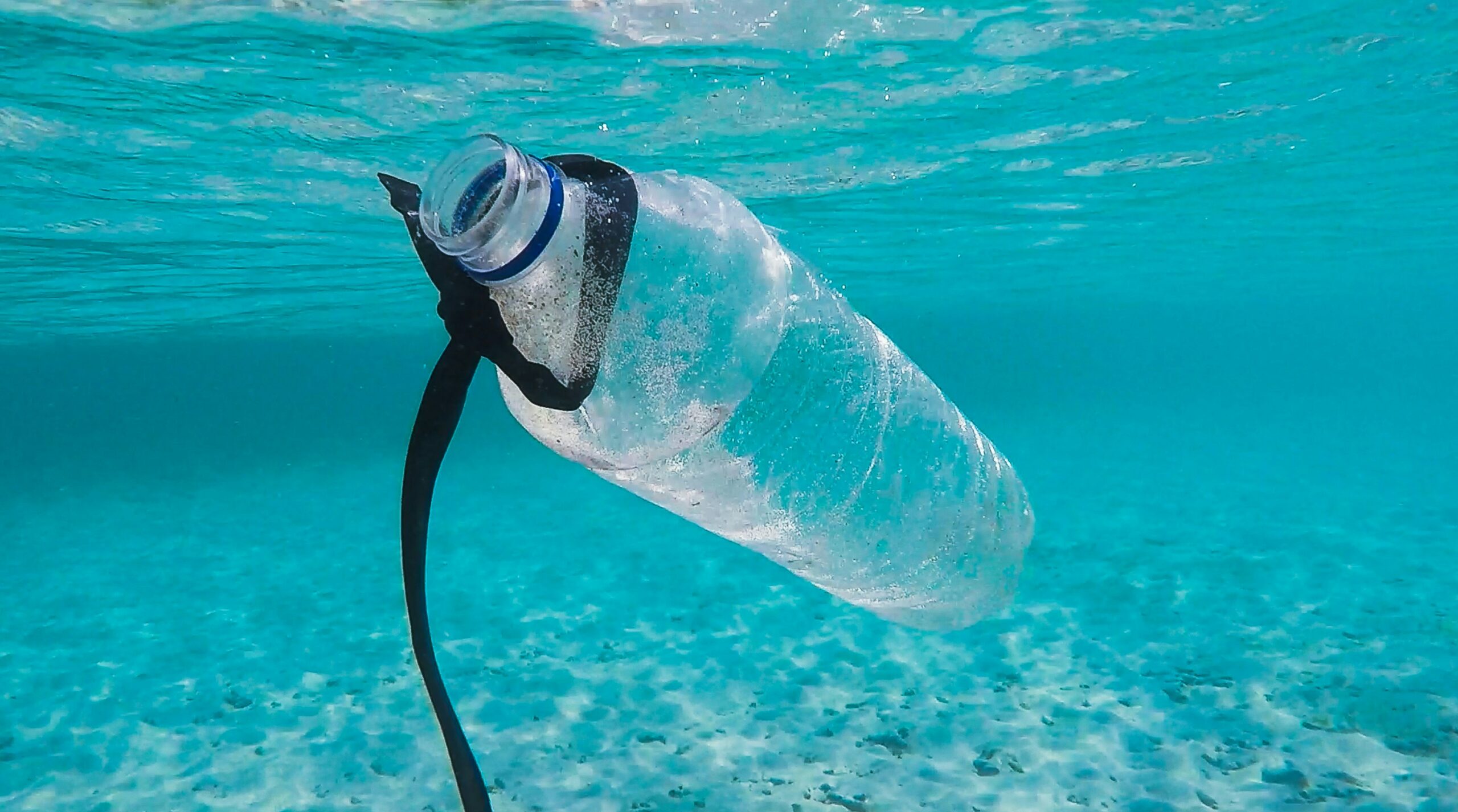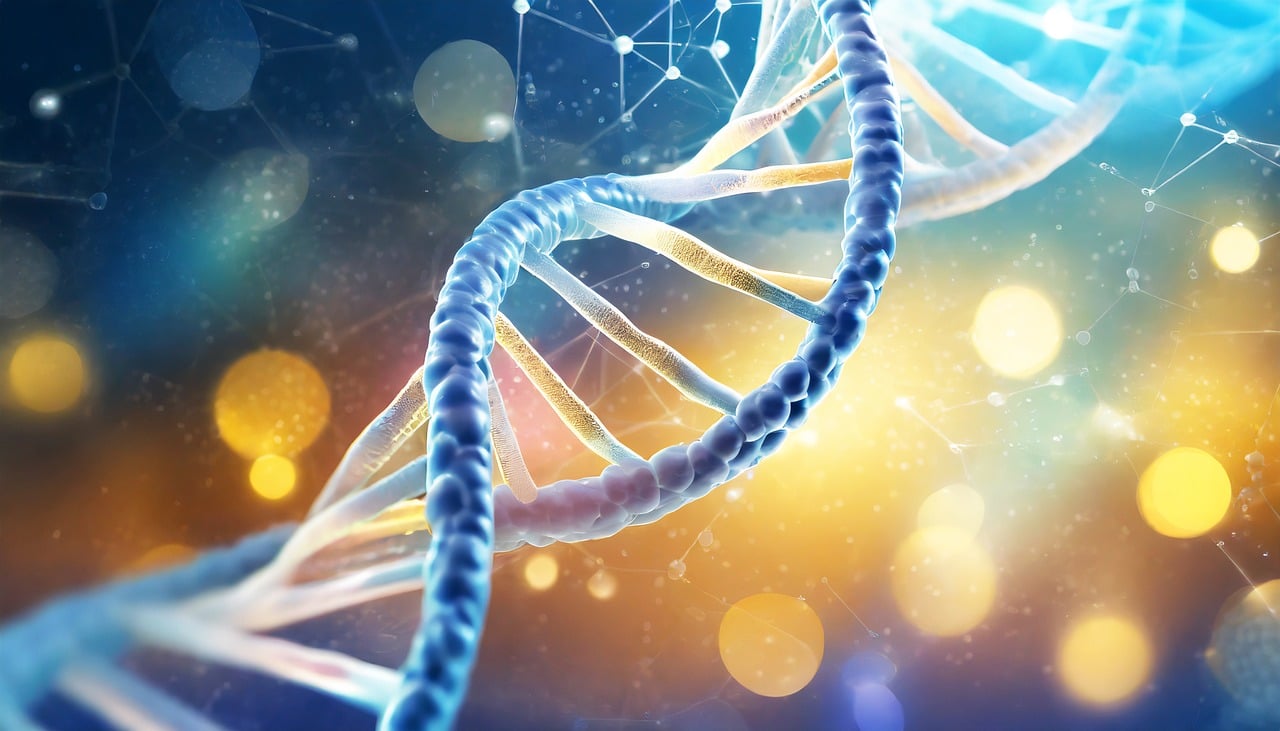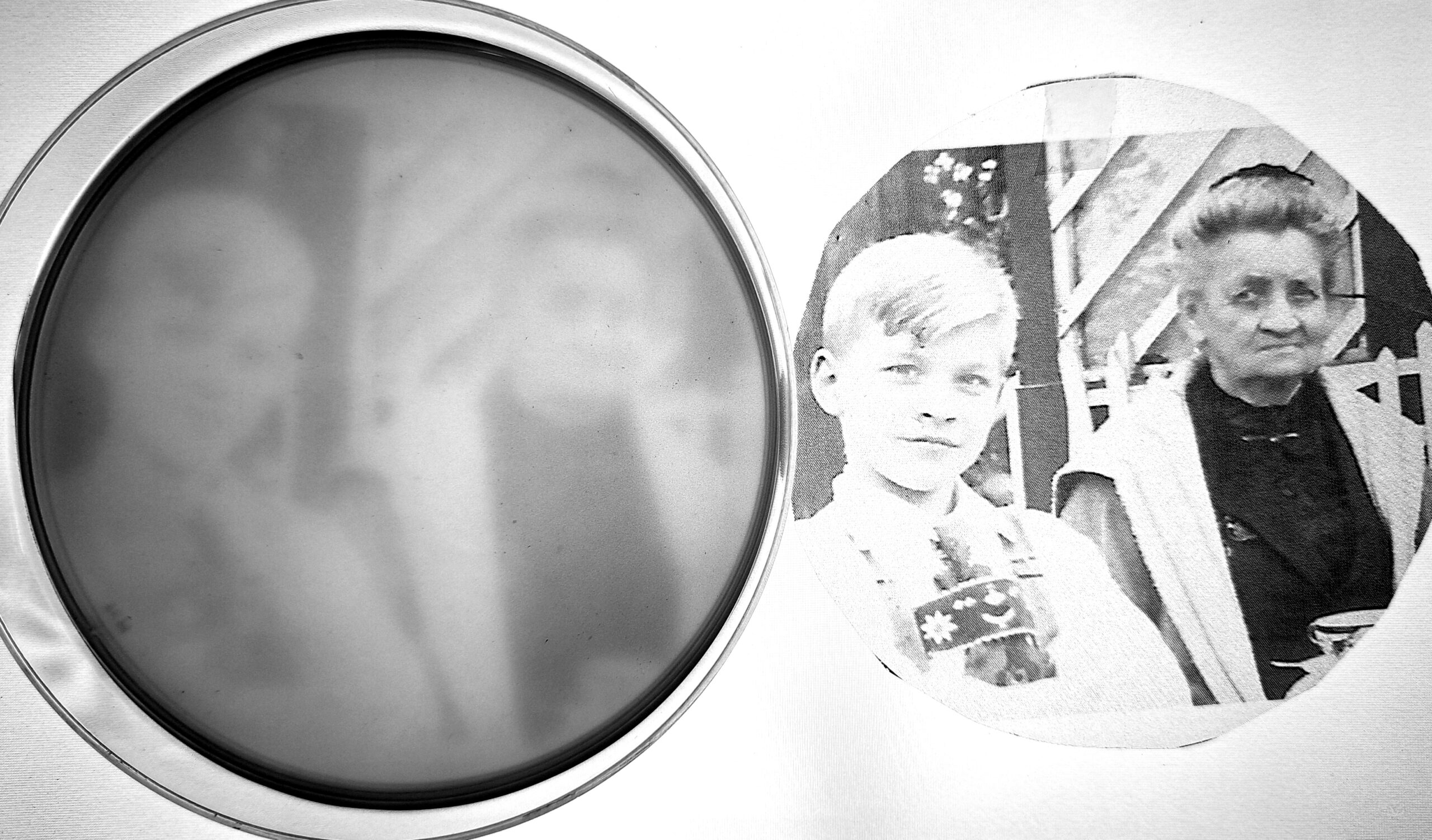Think of a time you enjoyed a day at the beach. What was the first thing you thought of? Perhaps you heard the gentle waves of the waters beyond. Maybe you grabbed a conch shell and placed it in your ear. You may have even grabbed an ice cream and taken a bite while you rested on a blanket atop the powdery sand.
But then you see something in your view. You know it doesn’t belong. You look at it with a resigned sigh. You turn away from the abomination as soon as you see it. It was a plastic bottle. Scrunched up. Devoid of any liquid it would have contained. Now that you think about it, you notice little bits of plastic floating on the body of water.
Plastic waste is unfortunately everywhere. According to the UN Environment Programme, we dump an equivalent of 2000 garbage trucks worth of plastic into our oceans, rivers, and lakes.
Every day.
The plastics accumulating worldwide are placing unbearable burdens on our marine and freshwater ecosystems. Worse yet, the same durability and affordability we desire in plastics have made their breakdown nearly impossible.
Scientists are working hard to make this seemingly impossible feat possible. Thankfully, I had the honour to sit down and hear from one such scientist. Victor Gambarini is a PhD candidate at the University of Auckland, New Zealand. There, he is looking into an environmentally sustainable way to break down plastics: plastic-degrading bacteria. With a strong background in bioinformatics from San Diego State University and marine sciences at the Federal University of Sao Paulo, Victor has developed a database dedicated to cataloguing these bacteria: PlasticDB. Victor’s passion for plastic-degrading bacteria inspired me to explore sustainable solutions to environmental problems further. For the biotech companies engineering plastic-degrading bacteria, check out PlasticDB and this interview with Victor. With that, I hope you enjoy this interview.
The interview
PN: Thank you for taking the time to talk about your PhD research on plastics. I understand it focused on plastic-degrading bacteria, but I wanted to start by discussing plastics themselves. What are plastics, what are they composed of, and how do bacteria break them down?
VG: When we think of anything made of plastic, plastic bags, bottles, and jugs often enter our minds. These are just some of the many types of plastics that exist. All plastics, however, share one trait. They are malleable materials made of long chains of semi-synthetic molecules. The singular units are called monomers, and the chains are called polymers. Some of the plastics you may encounter include polyethylene (PE), polypropylene (PP), polystyrene (PS), polyvinyl chloride (PVC), and polyethylene terephthalate (PET). Plastics are everywhere now because they’re durable, cheap, and resistant to corrosion. But as we see in the news, plastic waste is also becoming universal. And it’s a huge problem for our world’s health.
PN: Let’s delve into the environmental consequences of plastic waste. In what ways are our plastic use and waste destroying our world?
VG: The very thing that makes plastics appealing, its durability, is what’s making them so hard to remove even after we dump them away as waste. Because they’re so hard to break down, we see plastics floating around everywhere in our environments. In fact, plastics comprise 80% of all marine pollution, causing substantial harm to marine wildlife. Think of all the news stories of plastics suffocating and tangling animals in our oceans. It’s not just the animals we’re harming either. Scientists are also investigating possible deleterious effects on human health, such as increased inflammation and consequent risk of various cancers.[1]
Using plastics also damages our environment because of the way we produce them. Most of the raw materials we use to manufacture plastics come from oil and gas. That’s because refineries first extract naphtha from crude oil. The naphtha is then used to produce plastic polymers. As of now, the plastics industry accounts for as much as 8% of global oil consumption. Even more worryingly, plastic production will represent 20% of total oil demand by 2050. Our voracious appetite for cheap disposable plastics hence contributes directly to greenhouse gas emissions, ocean pollution, and climate change.
PN: You’ve painted a bleak picture of our plastic use. Reducing our plastic use is the best solution we have for curbing its effects on our environment. Even so, you’re looking into another way to reduce plastic waste: bacteria. Tell us about plastic-degrading bacteria and the inspiration behind studying them.
VG: For a long time, we thought it impossible that nature would degrade plastics. However, we now know that certain bacterial species can degrade plastic polymers. Although a plastic-degrading microbe, Aureobasidium pullulans, was first discovered in 1974, it wasn’t until 2016 when a Japanese research group identified another species, Ideonella sakaiensis, that the study of plastic-degrading bacteria took off. Observing this boom in plastic degradation research inspired me to take on a PhD position at the University of Auckland to study microbial plastic degradation with Dr. Lear and Dr. Handley.
In my research, I learned that bacteria use a four-step process for degrading plastics in the environment. They are:
- Biodeterioration: In this step, bacteria attach themselves to the plastic surface and oxidize the monomers. This makes the plastic polymers more hydrophilic.
- Biofragmentation: Next, bacteria secrete enzymes that cleave the polymer chains into small units such as monomers and oligomers.
- Assimilation: Once the oligomers are small enough or become monomers, the bacteria use transporters to take the smaller oligomers into the cell for metabolism.
- Mineralization: In the cell, the plastic monomers are broken down into various end-products such as carbon dioxide and water.
PN: Given that most bacteria follow this four-step process to degrade bacteria, it follows that you can search for common genetic features to identify more plastic-degrading bacteria.
VG: Yes, that’s right. My first PhD publication comprises a list of the bacteria known to harbor genes that encode plastic-degrading enzymes. I produced this paper after my supervisors and I identified a major gap in cataloguing bacteria that could degrade plastics. For this paper, I looked through 1451 papers that studied microbial plastic degradation, 408 of which were confirmed to describe plastic-degrading bacteria. From those publications, I created a phylogenetic tree to cluster the bacteria for further study. From there, I downloaded complete genome sequences for 217 of the bacteria available in the NCBI database. From there, I searched for gene sequences that could encode plastic-degrading enzymes. That search helped us identify over 15000 putative plastic-degrading enzymes encoded across the bacterial kingdom.
The wealth of information produced a huge dataset of microbes and enzymes linked to plastic biodegradation. However, I knew that there had to be a better way to organize and visualize the data. That inspired me to develop PlasticDB. It was a painstaking effort to find the papers that isolated the bacteria, used the right techniques, and confirmed plastic degradation for the bacteria of interest. Despite that, I’m glad to have put together a complete list of bacteria we know can degrade plastics.
PN: You clearly put in a lot of work to create PlasticDB! I hope that you’re already seeing the fruits of your labours here. On that note, have you seen scientists use PlasticDB to advance their research?
VG: I have known a few researchers who have advanced the study of plastic-degrading bacteria through PlasticDB. For example, Audrezet et al., 2022 used PlasticDB to study the recruitment of bacterial families with putative plastic-degrading capabilities on a biodegradable polymer augmented with oyster shell. Wallbank et al., 2022 also used PlasticDB to screen for potential plastic biodegraders within microbial communities colonizing plastics in marine environments. We even received visitors who talked about their experiences studying the genomes of plastic-degrading bacteria.
PN: It’s great to hear that you already have other researchers using your database to study plastic-degrading bacteria! How do you anticipate the industry using PlasticDB for their research efforts?
VG: I’m very hopeful that biotech companies can also look at this database. Multiple government organizations have funded several groups to develop microbes and enzymes that degrade plastic into other biodegradable materials. Having a growing database of microbial genomes and proteins can help us determine the ways we can engineer bacteria to degrade specific types of plastics. It provides companies more room to experiment and tinker with different genes. Databases like PlasticDB also make it much easier to sustainably break down plastics in the environment for humanity’s benefit.
PN: What an awesome initiative you’ve undertaken with PlasticDB. To end this interview, what are you planning to do next with PlasticDB? What other questions would you like to answer during your PhD?
VG: I have already thought of a few features I’d like to add to PlasticDB. Right now, our lab has employed a researcher to add more microorganisms and enzymes to our database. I also want to make PlasticDB’s interface easier for researchers to filter by taxonomic groups and levels. I’m also planning to add engineered enzymes and other structural biology tools so researchers can better understand the proteins that mediate plastic degradation. Ultimately, I would love to see PlasticDB continue to be a leading resource for finding new plastic-degrading enzymes in the environment and solving the pervasive problem of plastic pollution.
Author
-

Paul Naphtali is a seasoned online marketing consultant. He brings to the table three years of online marketing and copywriting experience within the life sciences industry. His MSc and PhD experience also provides him with the acumen to understand complex literature and translate it to any audience. This way, he can fulfill his passion for sharing the beauty of biomedical research and inspiring action from his readers.
View all posts




